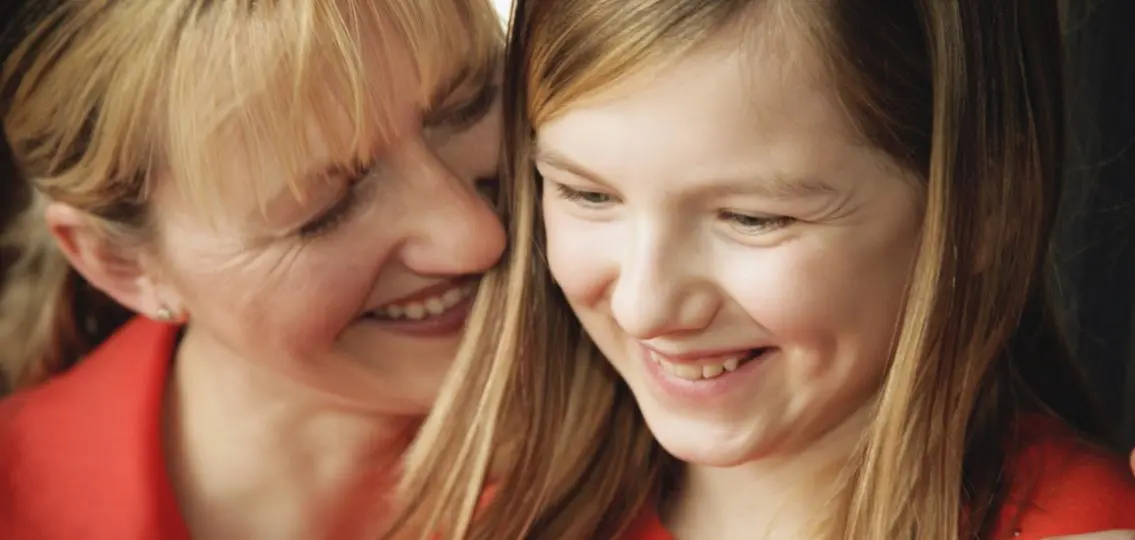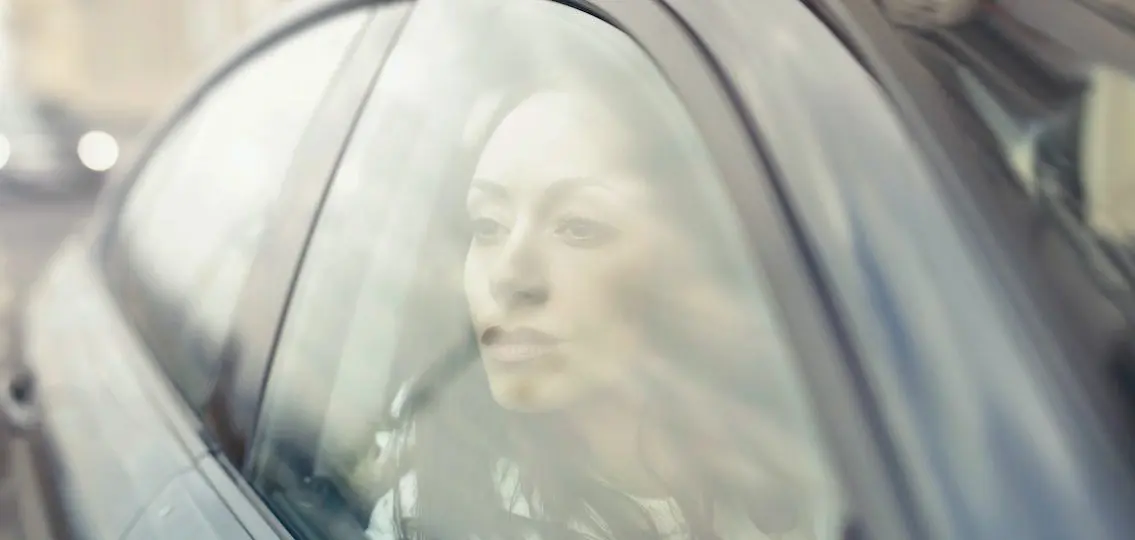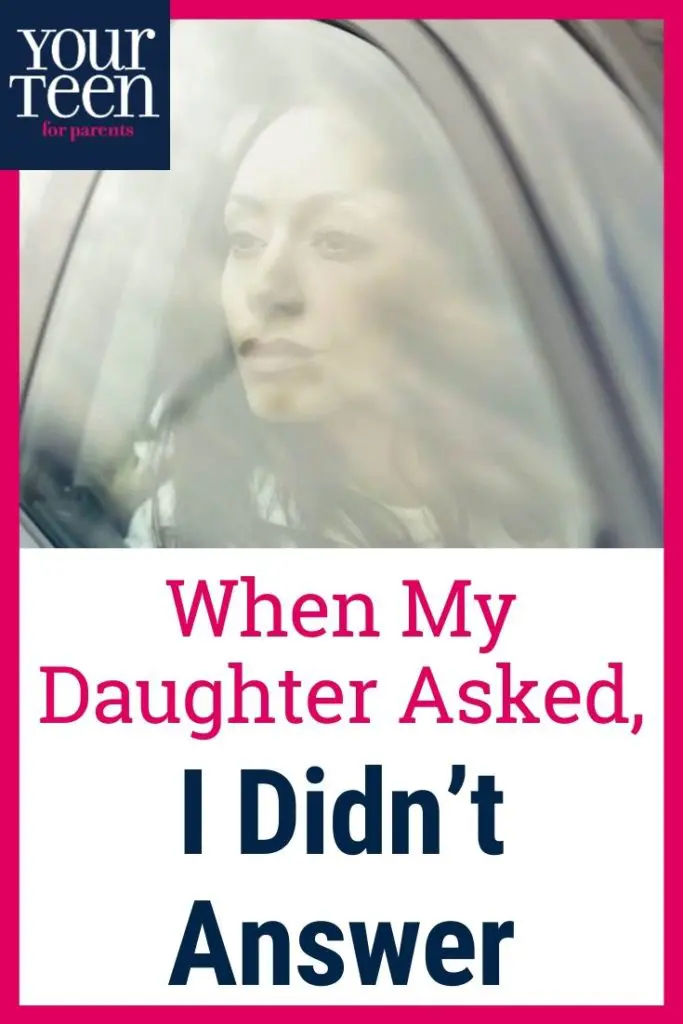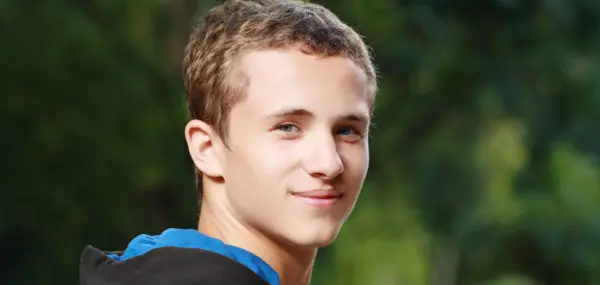In the days before Ohio faced a stay-at-home order, my 13-year-old daughter revisited a conversation that we began nearly two months earlier.
| [adrotate banner=”169″] |
“Mom, remember when you told me that coronavirus was a story the media was blowing out of proportion just so people would read it?”
I winced. “Yeah, I remember.”
Early in the afternoon of January 26, she and I were headed east through Indiana’s dormant farmland along Interstate 70, driving back home to Cleveland from a weekend swim meet in Indianapolis.
As I drove, she swiped through Snapchat, catching up on the news.
“Hey Mom, what do you think about what’s going on with this coronavirus?” she asked.
Her question conjured up memories of one of my pre-teen irrational fears: thunderstorms, especially the strong, southwestern Ohio variety.
In the mid-1980s, my family was among the first in our suburban Cincinnati neighborhood to install cable television service, so my older sister and I spent chunks of our unsupervised summer days sitting cross-legged in front of the Sony console. I took a particular interest in The Weather Channel.
Weather forecasts were something that typically came once a day in the newspaper or on the five o’clock evening news, but thanks to The Weather Channel, I could get an updated forecast every hour. There were days where the chance of thunderstorms throughout the day went from 20 percent to 50 percent to 80 percent. I was terrified by the growing possibility of spectacular lightning crashes, deafening thunder, and worse, destructive tornadoes.
I was glued to The Weather Channel on rainy days, my anxiety crescendoing, as I tracked the colors on the radar: first green, followed by yellow, then red bands of storms inching closer to our dot on the Ohio map. Weather was unstoppable and beyond my control. It was coming for me, rain or shine. I can still recall sunny days where I stood by the window, watching patches of gray clouds roll by and refusing to go outside to play.
I worried whether my daughter had any similar simmering anxiety about the pandemic. The news from Wuhan was increasingly bad. And the virus, like those bands of storms, was slowly inching its way nearer each day. Was she scared? Did she also fear the things she couldn’t control? Did she sense the inevitability? I didn’t know.
So I didn’t give her a straight answer. “Oh, I don’t know about the coronavirus stuff,” I said, eyes on the road. “The media loves stories like this. You have to be careful about how much stock you want to put in what you read.”
She nodded, still looking at her phone.
I regretted my response.
She was mature enough to hear an honest answer and I didn’t give her one. Best case, she saw right through my pathetic non-answer that smacked of denial. Worst case, she would become skeptical of what led her to ask the question in the first place: fact-based, science-based reporting.
Before I could clarify, she swiped to another story. “Mom, Kobe Bryant just died.” We didn’t talk about coronavirus the rest of the drive home.
But in the days and weeks that followed, our daughter continued to read about coronavirus. Most nights at dinner she shared with us whatever news she’d read on it that day. And then finally, she gave me the chance to give her the answer I should have shared two months earlier.
I admitted that I worried she would have gotten anxious if I had given her a different answer, an honest one. I told her that I understood if she was scared of things she was powerless to control.
She shrugged, pulled her head back, and furrowed her brow in teenage disbelief. “Oh, I’m not scared. I know that if I get sick, I’ll still probably be okay.”
I was glad for her, for her willingness to read the facts and form her own perspective. “That’s good, Kiddo,” I said, patting her arm.

And with that, she turned and walked out of the room, leaving me and the storms I feared behind.





